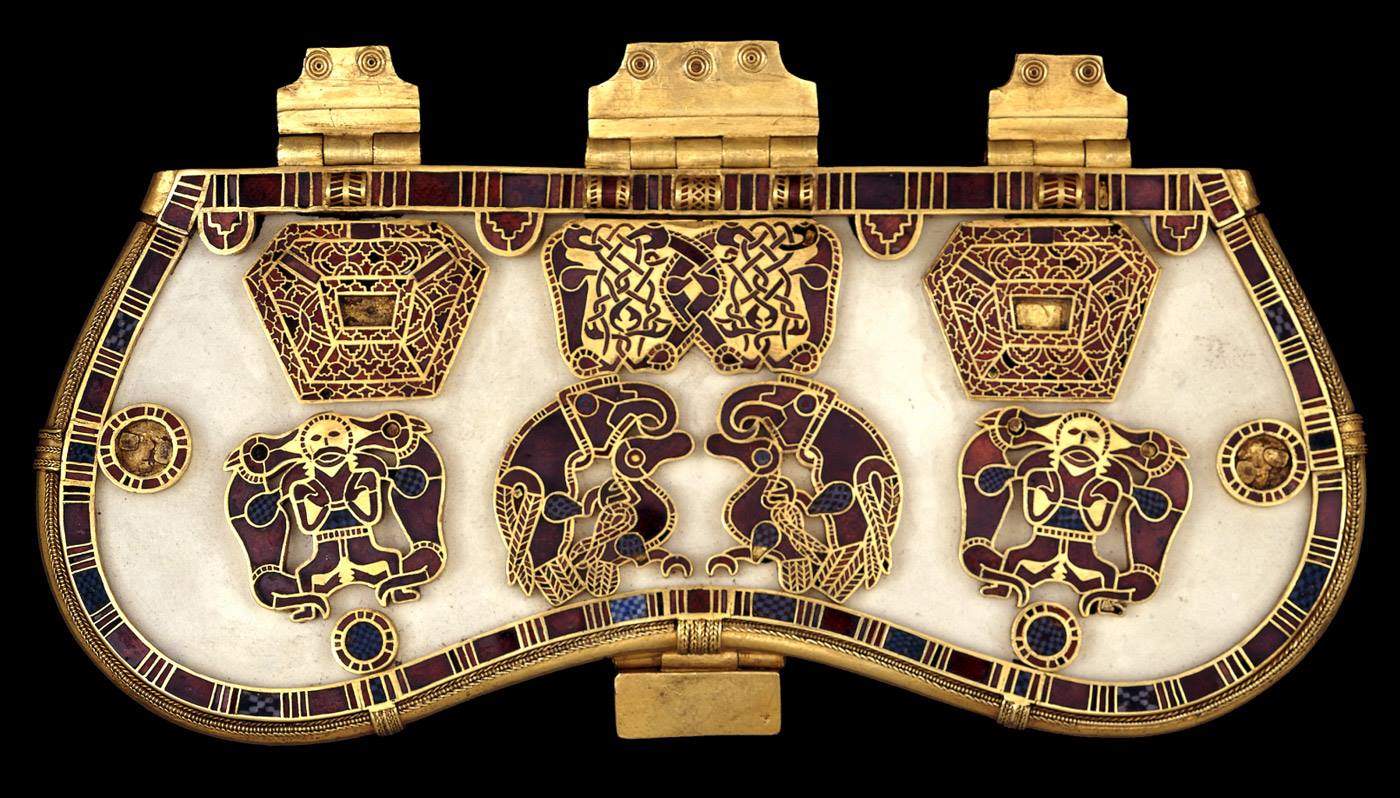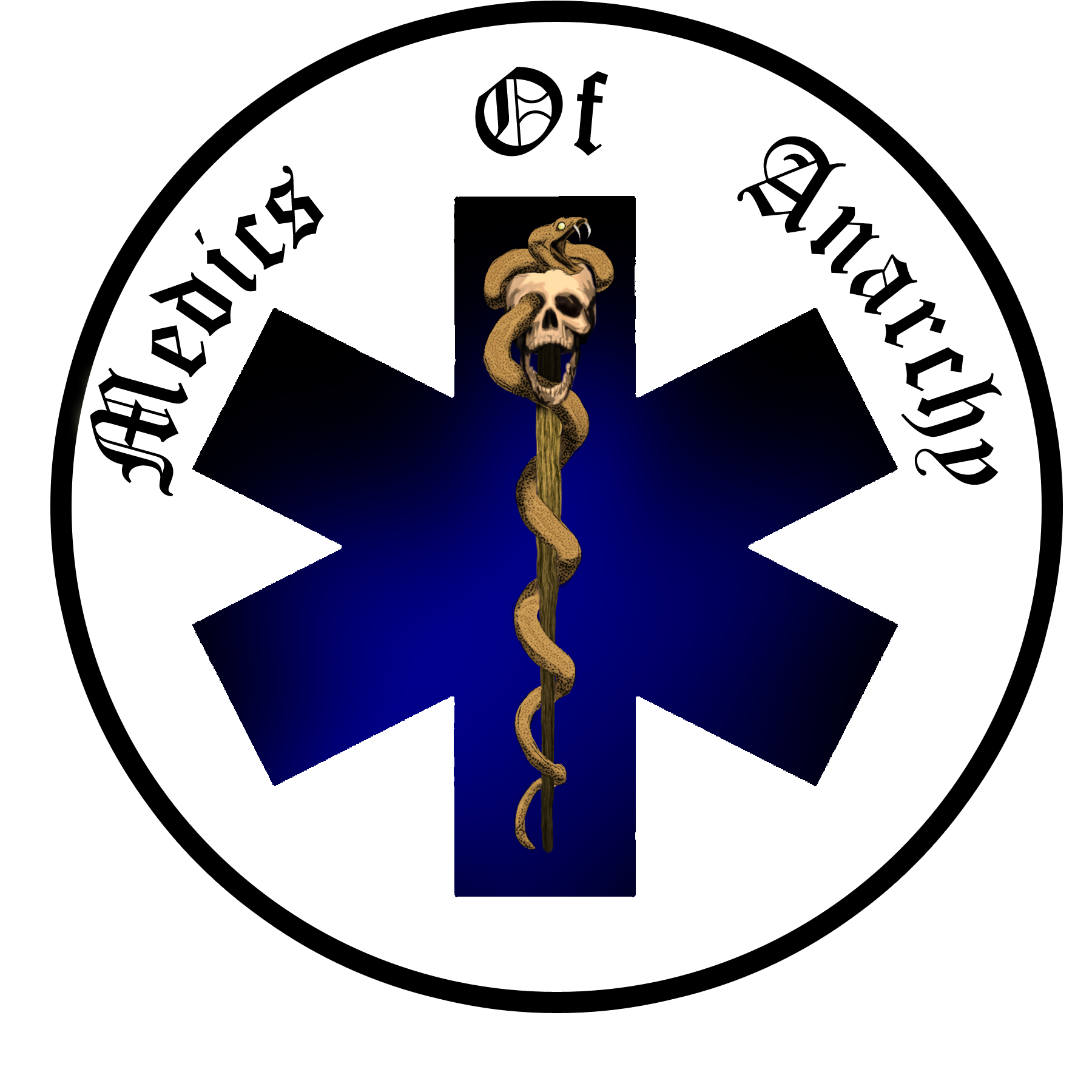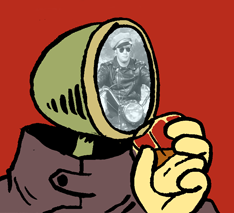The Latin translates to “the word became flesh,” which is pretty damn metal to put on a sword used for decapitation.
Edit: I just noticed that the inscription reads et verbum caro facum est instead of et verbum caro factum est. Not sure if this was a mistake or abbreviation, but I think the actual inscription would read “the word burns flesh”?
I’m basically Brian from the Latin lesson scene in the Life of Brian, so if anyone has an actual grasp of Latin grammar, please correct me.
Romanes eunt domus!
“Whaaat? People called Romanes they walk the home?”
(It’s been a while since I’ve watched it with the English original audio)
It’s from the Last Gospel, the prologue to the Gospel of John. Your translation seems to be correct, as it is also given in the article.
I don’t know much about Latin but Verbum is another word for God.
Yeah, this phrase specifically deals with the incarnation of Christ and it’s typically capitalized in English as “the Word.”
deleted by creator
The french form of beheading was to have them kneel upright during a beheading instead of putting their neck on a block.
It’s how Anne Boleyn was decapitated by the swordsman from Calais.
I once saw a video of an execution in Saudi Arabia, the prisoners were just kneeling with their heads bowed a little.
interesting how it’s only meant to behead (I suppose). there’s no pointy end, like a big butter knife
They usually were not pointy and heavier than regular swords which made it easier to chop off body parts.
Would it be worthwhile to run a q-tip through the engraved parts and collect DNA? Just for science?
Are you Rick Sanchez gathering a team for a high profile heist?
You son of a bitch, I’m in.
congrats on graduating beheading school, son ! we bought you a cool sword as a present
Beheading school like:

One of my favorite stories about executioners is the French executioner Capeluche training the man who was assigned to kill HIM so he’d get it right. One clean chop - it would be terrible to have a botched execution where you linger in agony while some amateur hacks at your half-severed neck!
Damn. The wheel was a particular cruel method of death by torture.
AfaIk, being wheeled was usually or often part of a multiple death penalty, i.e. the delinquent was hung and probably quartered before the wheeling.
I think you got your order reversed. Wheeling was, if done “skillfully” 🤢, generally not lethal. The person would have their limbs broken to be put in the wheel so they can suffer very publicly for all to see. And only then they’d be hung and quartered, with the quarters displayed at various points to serve as further “deterrent”.
Thank you. You’re right. I’ve looked it up.
Terminus Est
Pretty tight engraving yo







